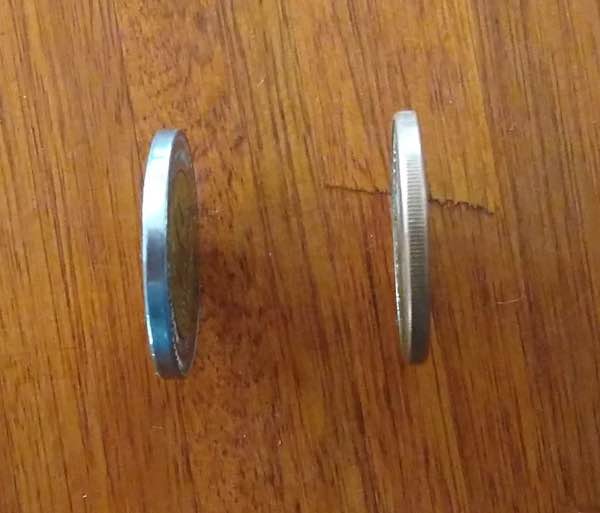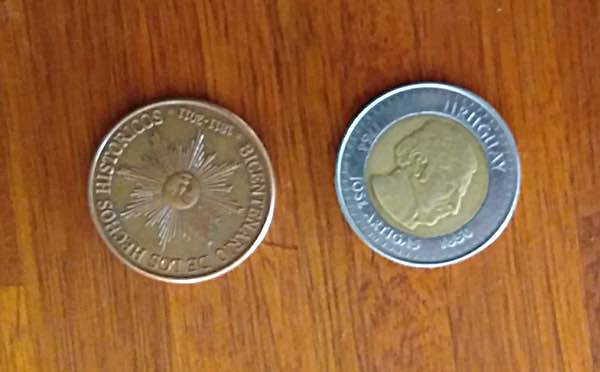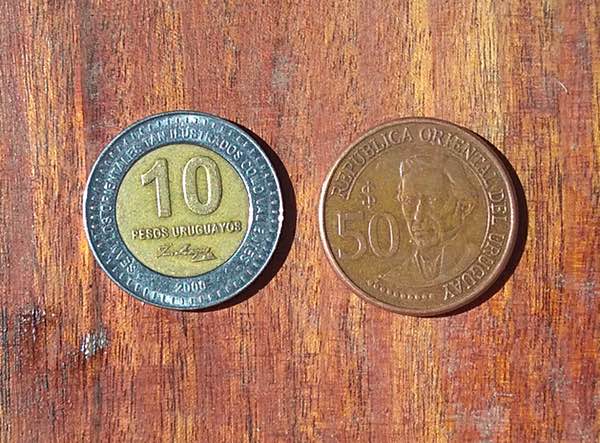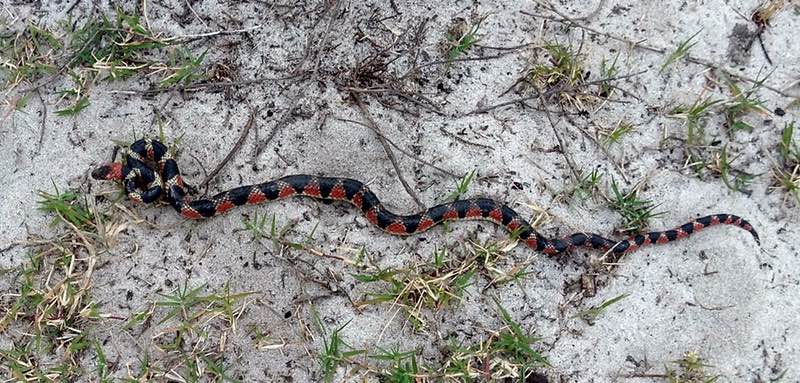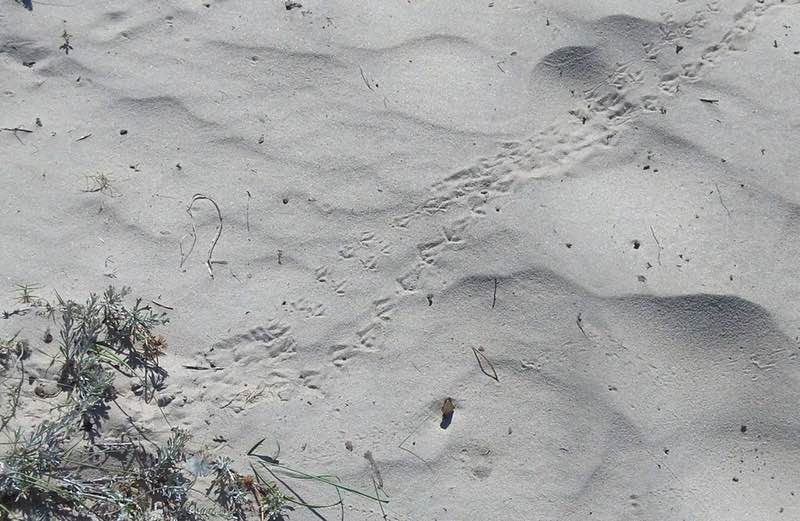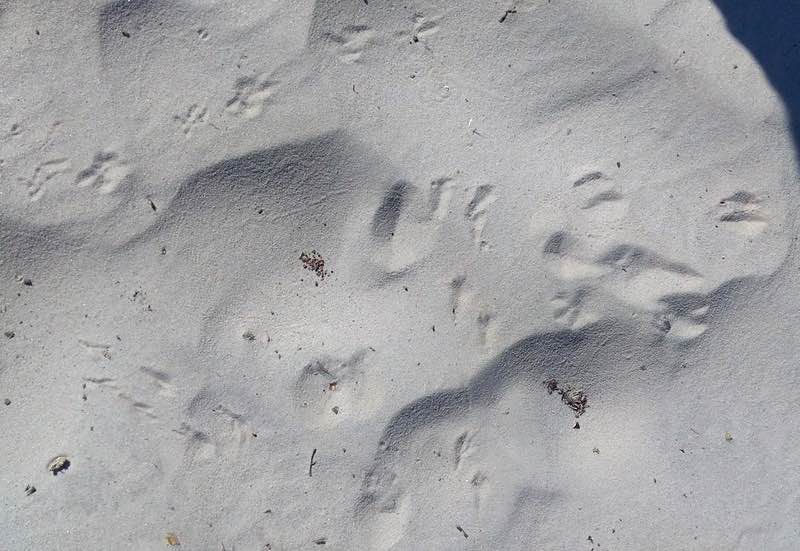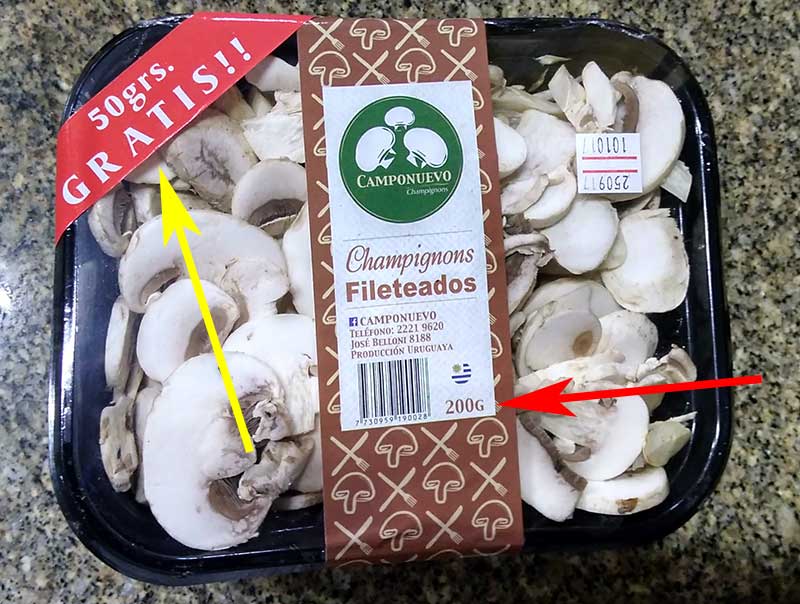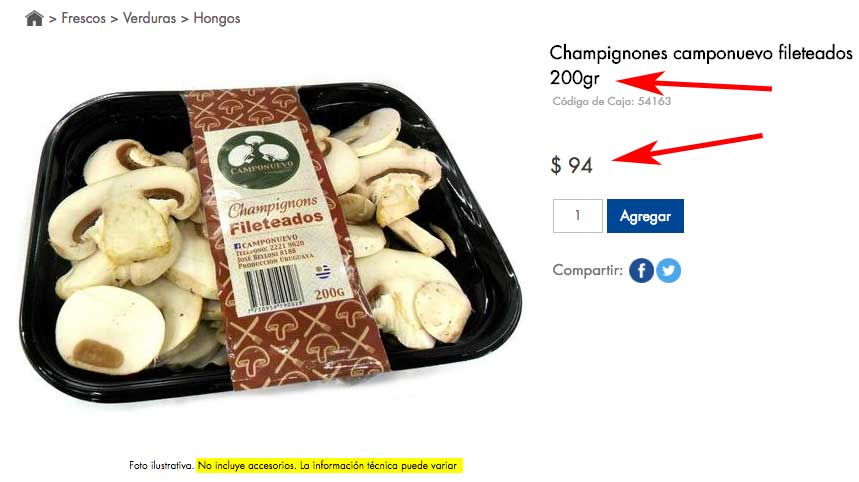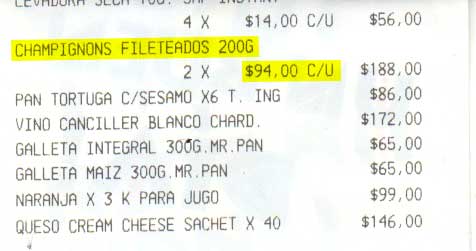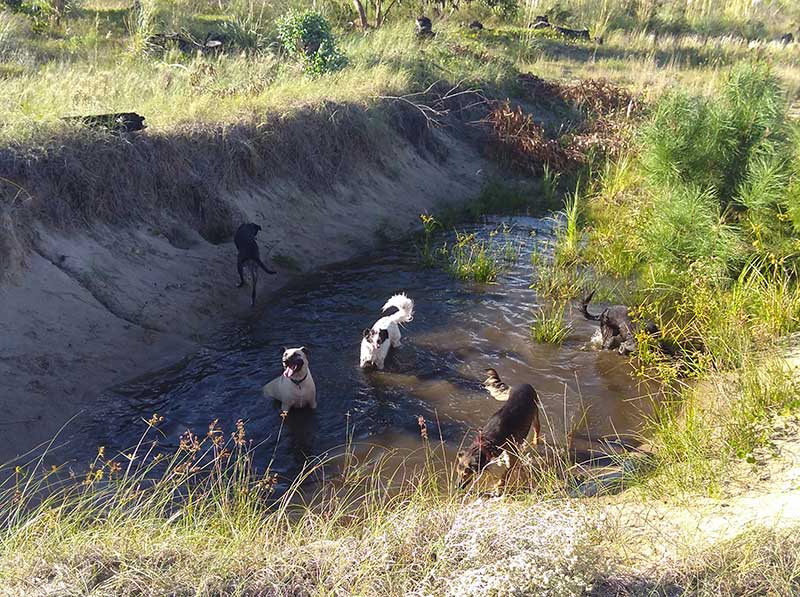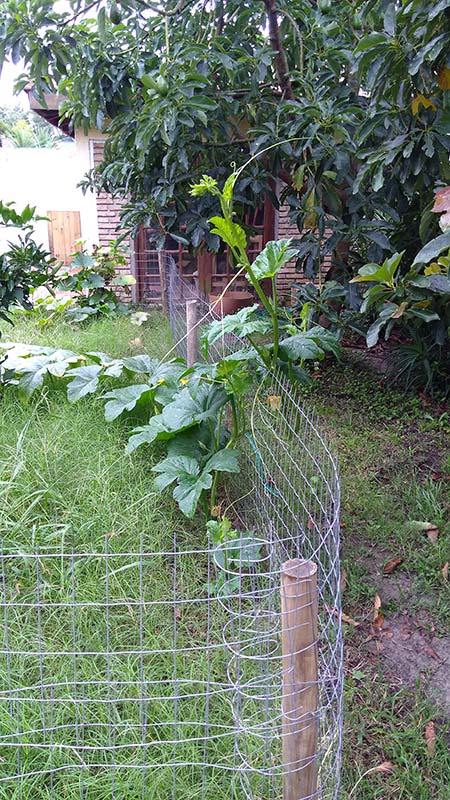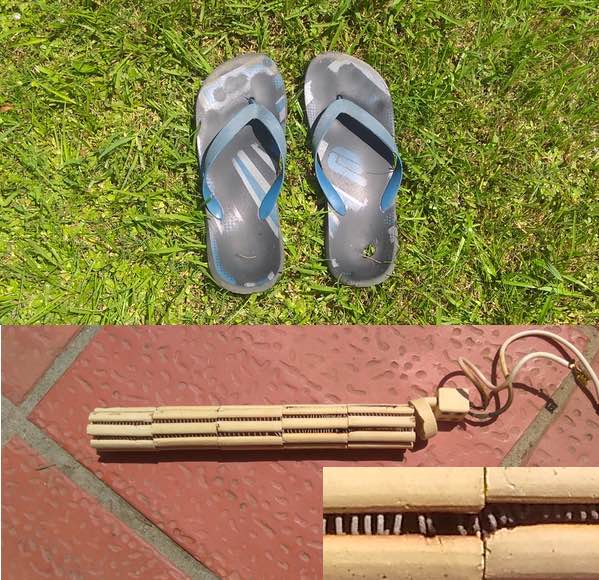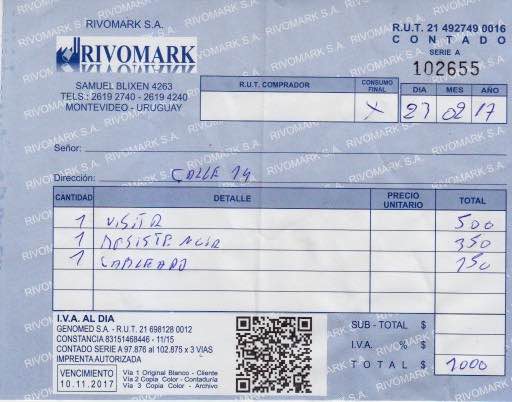We were working feverishly at our chacra (mini-farm, 14 acres with small house) in preparation for the arrival of a tenant, the second Canadian-dwelling family member of Germany-Russian neighbors who really wanted to rent. Alas, also the second Canadian-dwelling family member of Germany-Russian neighbors who cancelled his trip at the last minute. (Can you guess to whom we won’t be offering to rent in the future?)
I thought it a good idea to flush the rooftop water tank (which overflows back into the well) by letting the windmill run nonstop, but the windmill suddenly started making dinosaur noises: give me grease! I immediately thought of my Namibian friend Burkhart, who lives a kilometer or so up Ruta 11. His farm hand dealt with our windmill a year ago, when Burkhart briefly lived there. Lubricate it myself? At age 63, while fit, I’m not particularly (read: AT ALL) comfortable messing around at the top of an 8-meter windmill tower, with the disengaged fins still pivoting in the wind.
(I’ll work on that: I should be!)
I had phoned Burkhart moments before for advice about our hot water heater (giza in southern Africa), but felt that asking help with the windmill warranted a visit in person.
So I drove to his place. Heading out our dirt road, I noticed a couple guys messing around with our neighbor Jerry’s backhoe.
Burkhart wasn’t at home. Nice chat with his wife. Noticed an accident a couple hundred meters further. Cops, fire truck, some truck off the side the side of the road, or something. Headed back.
Back on our side road, passed someone driving away with Jerry’s backhoe. Behind, a pickup with flashers on. I waved at both.
Got to our place. Phoned Jerry: is this legit, someone driving away with your backhoe?
Jerry: know nothing. Heading north or south on Ruta 11? If north, maybe going to Burkhart’s place.
Back in the car. Photograph the perps.
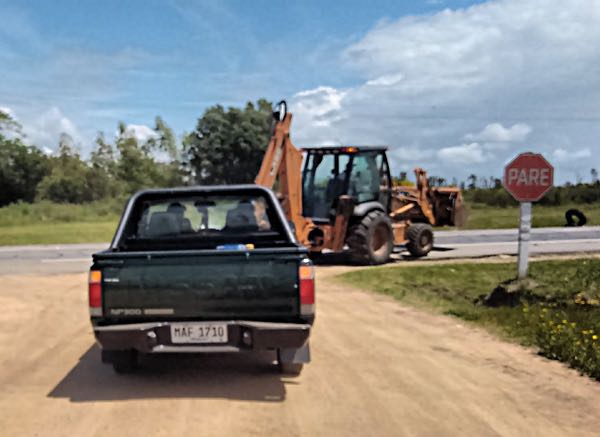
Call Jerry: they’re turning north on 11. If they proceed past Burkhart’s, I’ll go on ahead to alert traffic police that they’re stealing the backhoe.
At Burkhart’s driveway on the right, I pull off to the left and park. They pass Burkhart’s driveway. I speed on ahead to report to the police that the approaching backhoe is a stolen vehicle. I have to repeat it, perhaps because I’m not mumbling enough to be understood by a normal Urugayan. Another policía transito appears. I repeat my accusation of a theft in progress.
No no, he says, he’s a friend of the owner. The gringo?
And the backhoe turns off the road to help clean up the mess.
It took two hours for the clean up, Burkhart later tells me. Who’s paying the time? The fuel? The machine hours? I doubt Jerry cares, but…
….apparently it didn’t occur to them to tell the backhoe’s owner what they were doing?
Why do I even bother to pay attention?
